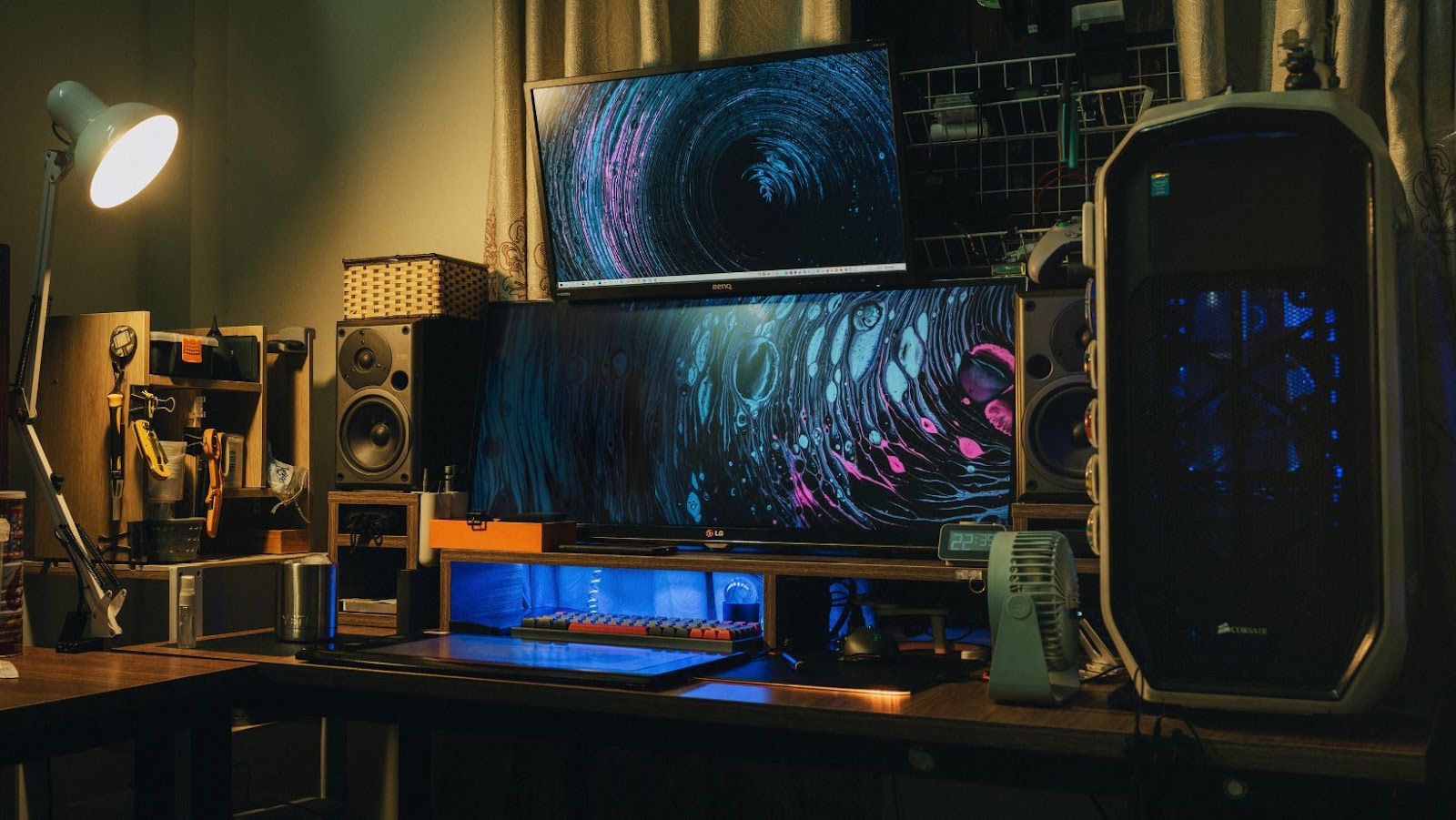 What is Luna Gaming
What is Luna Gaming
Luna Gaming, Amazon’s cloud gaming platform, presents a seamless gaming experience. It operates on a channel-based system, similar to a cable TV model. Users subscribe to various channels, offering access to numerous games. Amazon bypasses the need for pricey hardware as Luna Gaming runs in the cloud, requiring only a stable internet connection and a compatible device. Thus, it eliminates constraints experienced by traditional gaming models, promoting a hybrid gaming lifestyle.
Amazon pinpointed an opportunity in the cloud gaming space in late 2020, introducing Luna Gaming. Despite its newness in the arena, Luna has made strides in development, with a significant growth trajectory. Demonstrating adaptability, Amazon continually updates Luna with new channels and games, ensuring a fresh and vibrant platform. For instance, Ubisoft+, a channel offering a selection of Ubisoft games, became available on Luna within months after its launch. The swift pace of updates attests to Amazon’s commitment to Luna’s evolution and improvement.
Displaying simplicity in its purest form, Luna Gaming’s user interface is a hallmark of ease and accessibility. The UI design compels users with its aesthetically pleasing aspects and convenient navigational properties. It includes a high-definition display, assuring a superior visual experience. Designed to be user-centric, there’s a high level of customization available, permitting users to tailor the system to their preferences. Navigation through the Luna library, exploring channels, or jumping into gameplay is as simple as a few clicks, demonstrating the platform’s commitment to user-friendliness.
 Advantages and Disadvantages of Luna Gaming
Advantages and Disadvantages of Luna Gaming
What is Luna Gaming? Exploring Luna Gaming further, this section delves into the pros and cons that are associated with using Luna’s cloud gaming services. To delve deeper, it’s important to examine these aspects distinctly.
There are numerous benefits associated with Luna Gaming. Firstly, Luna’s affordable pricing strategy, starting from $5.99 per month, makes it an attractive platform for gamers. Its mix-and-match subscription plans cater to different gaming preferences and budgets. Secondly, Luna’s diverse game library, featuring genres like adventure, RPG, strategy, and action, ensures a varied and dynamic gaming experience. This library is continuously updated, providing gamers with a steady stream of new content. Thirdly, Luna’s user-friendly interface, high-definition display, and customization options greatly enhance the user experience. Lastly, Luna eliminates the need for expensive hardware, requiring only an internet connection and a compatible device.
Despite its benefits, Luna Gaming is not without its drawbacks. One of the major downsides is that high-speed internet is crucial for smooth gameplay. This requirement can pose a challenge for users with unreliable or slow internet connections. Another significant handicap is that the streaming quality, while impressive at 1080p/60fps, is still limited to select games. For a sizeable chunk of the library, 4K resolution is not available. Furthermore, Luna’s channel-based system, though innovative, results in additional costs for gamers. To access certain titles or genres, users may need to subscribe to additional channels, such as Ubisoft, which incurs extra expenses. Lastly, Luna is significantly limited by device compatibility. It is compatible with a select range of devices, limiting its overall accessibility.
 How Luna Gaming Stacks Up Against Competitors
How Luna Gaming Stacks Up Against Competitors
What is Luna Gaming? Luna Gaming excels in certain areas where Google Stadia might falter. For instance, Luna’s subscription cost is lower at $5.99/month, compared to Stadia Pro’s $9.99/month. This makes Luna a more economical option, especially to casual gamers. Notably, Luna houses an extensive library of video games, adding more options for its platform subscribers, a notable contrast to Google Stadia’s occasionally sparse offerings. However, Google Stadia enjoys a slight advantage in streaming quality. While Luna currently streams at a maximum of 1080p, Google Stadia provides up to 4K resolution, provided that players have a robust internet connection.
When pitted against Xbox Cloud Gaming, different fronts of competition arise. Luna’s affordable price continues to be a strong selling point, yet Xbox Cloud Gaming, part of Xbox Game Pass Ultimate at $14.99/month, offers access to a more extensive range of services including Xbox Live Gold and EA Play. Furthermore, Xbox Cloud Gaming is backed by Microsoft’s substantial catalogue of game titles, putting Luna’s game library to a stiff competition. Luna’s versatility shines, though, as players can play on many devices without requiring dedicated hardware. It offers an edge as Xbox Cloud Gaming is primarily geared towards Android devices. However, Luna Gaming’s requirement for high-speed internet holds it back in comparison, as Xbox Cloud Gaming performs better over slower connections.